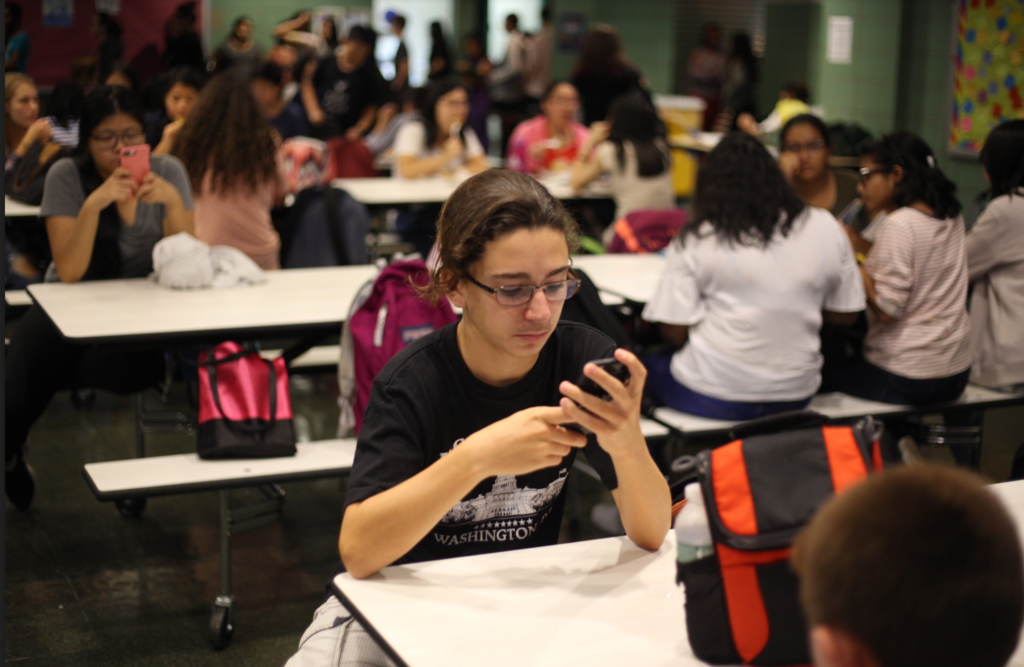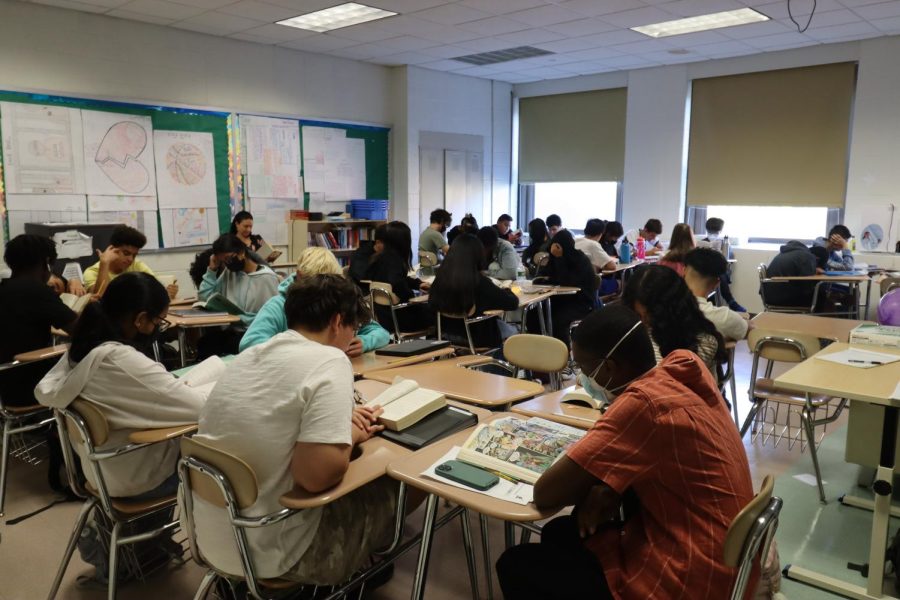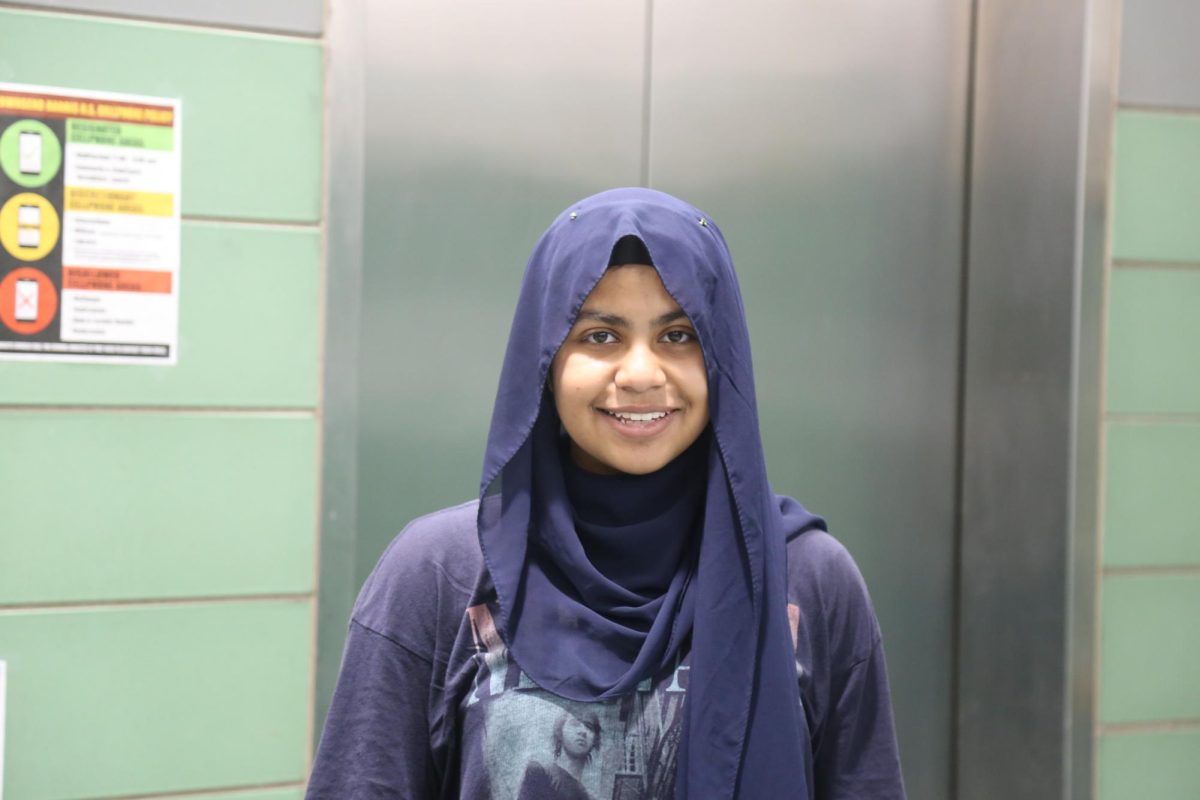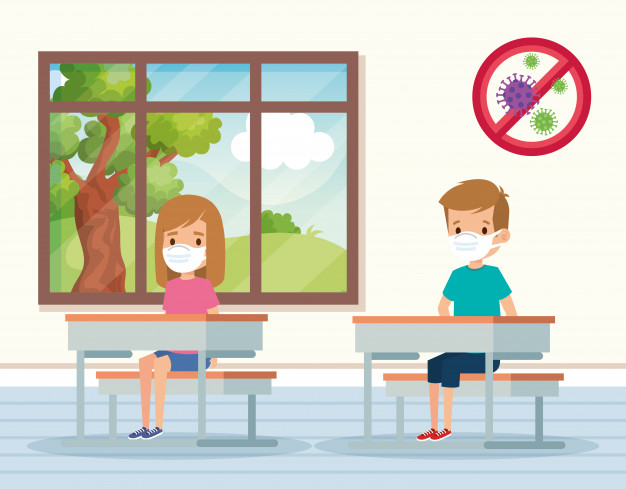
Eighty days.
That’s how long the Department of Education had from the end of last school year to the beginning of this one to figure out the best way to reopen schools. And yet, as students are potentially faced with their last chance to switch to blended learning on November 15, seven months before the end of the school year, the DOE has once again proven itself incapable of effectively utilizing these past few months and incorporating feedback from the spring semester to adapt to the realities of a pandemic. From last-minute delays and closures to budget scares, the reopening process has been a disaster. Most recently, students and families were informed, contrary to what was said over the summer, that they would only have one window to opt into blended learning (but even that decision was partially walked back later). Now, as that deadline approaches, COVID-19 is once again rapidly spreading throughout the city, and we are quickly approaching the 3% positivity rate that would shut down every New York City school. Earlier today, Principal Condon released a statement that there is a positive case in our school community. By committing to an unrealistic and unclear blended learning model and neglecting to effectively communicate with students, staff, and families, the DOE is largely responsible for the chaos this new school year has brought.
Of course, some hiccups are expected. The pandemic threw everyone for a loop, and the DOE can’t be blamed for all the problems that have ensued. Given that New York City was the epicenter of the pandemic for so long, reopening city schools presented a unique set of circumstances not faced within other districts.
Nevertheless, the lack of a sensible plan (or at least, a plan that lasted for more than a few weeks without being altered or postponed) is inexcusable. Much of this stems from the DOE’s insistence on providing a “blended” option. The reasoning was presumably for students “to receive support and other services at school that they would otherwise not be able to get at home,” but arguably the costs of this decision outweighed whatever small benefit students would get from attending in-person school only once or twice a week. Meanwhile, other major cities around the nation took the safer route. For instance, the Los Angeles Unified School District decided to go fully remote in mid-July. As of now, New York is the only major school system to keep buildings open, despite being hit the hardest by COVID-19. It would have made a huge difference to students, families, and staff if they could have planned months ahead with a sense of certainty about the future. Working parents could have made childcare accommodations, while high school students applying to college would have had peace of mind knowing the courses available to them. The DOE had to commit to an improved remote learning plan to alleviate the confusion surrounding education during such a chaotic time. Rather than wasting time on a blended plan that was destined to fail, they could have used this as an opportunity to expand and improve childcare options for parents who would normally rely on sending their kids to school, while creating a more efficient system for remote education.
Instead, many Townsend Harris students spent the summer worrying over the sudden changes being made to the new school year. First, students were confronted with a choice between several proposed blended learning plans and a fully remote model. THHS’s proposed “enriched virtual” plan was rejected by the DOE just a few hours after it was submitted, and students were informed that it was back to the old plan. This decision proved the DOE’s incapability to be flexible during an ever changing crisis. Rather than allowing schools like Townsend to adopt plans to their specific needs, they sent a clear message that resources must be poured into blended learning, regardless of how well it fits a particular student body. Soon after, Harrisites learned that nearly all elective classes would be cut unless a majority of the student population opted for remote learning. And then, right before schools were closed in certain zip codes (including ours) due to a spike in coronavirus cases, school reopening was delayed twice. While remote learning is far from ideal, the DOE should have taken greater care to work on ways to enhance it rather than insisting on blended learning and then postponing their plans at the last minute.
All the while during this roller coaster of a reopening process, the total lack of communication and updates from the largest school system in the United States was inexcusable. On June 12, families received a letter from Chancellor Richard Carranza in which he hinted at the use of “blended learning” for the upcoming school year. No information was released about the plan for another month, and the mayor and chancellor’s initial announcement brought more questions than answers. How would education differ among students in blended vs. remote learning? Would remote classes be taught by teachers from the students’ schools? How would classes be divided between in person and virtual learning? Would remote classes be asynchronous or live? Schools were also left in the dark: the administration spent this summer stuck in limbo, awaiting vital information from the DOE and thus pushing off programming for students and teachers. As a result, the entire process was rushed and last-minute.
When pressed on the issue of communication, Chancellor Carranza argued his DOE colleagues knew just as little as everyone else. “We’re not hoarding this information and then not providing it,” he replied when asked about communication by a parent. While it’s true the DOE couldn’t know exactly what would happen with the virus, there were some things that they did know. For example, they knew that the pandemic was causing a budget shortfall, so perhaps it wasn’t the wisest to implement a blended plan that would require schools to hire even more teachers. It was public knowledge that coronavirus spreads much less outside than inside, so outdoor learning could’ve been prioritized earlier when feasible. Studies in July showed that children under ten spread the virus at a low rate, while those over ten spread it at the same rate as adults. Knowing younger children would benefit from in-person learning more, middle and high schools could have gone fully remote from the beginning and allowed lower grades to utilize the empty buildings. The “regional enrichment center” model for children of essential workers could’ve been expanded, allowing parents to work and their children who require adult supervision to benefit. Nevertheless, somehow cities such as Los Angeles and Chicago saw that remote learning was the best option. Why New York City leadership continued to insist on a blended option for every student in every school is truly baffling.
There is no perfect answer to the question of education in the era of the COVID-19 pandemic. However, there were clearly better answers and ways to minimize the challenges presented. Had the DOE begun formulating and communicating a realistic plan for the reopening of schools earlier, remote learning could have been improved and any glitches could have been worked out. The feasible implementation of outdoor learning could have alleviated some stress from being constantly cooped up inside. In-person learning was indeed proven by studies to be possible for younger students, and regional enrichment centers could’ve been expanded for those families that needed them but by insisting on requiring every school to provide a blended option to every student, the DOE worsened the academic experience for all. It is becoming increasingly likely that Townsend will continue to face the consequences of this ineptitude for the rest of the school year.





























phyllis steinlauf • Nov 14, 2020 at 7:21 pm
Well written, very informative